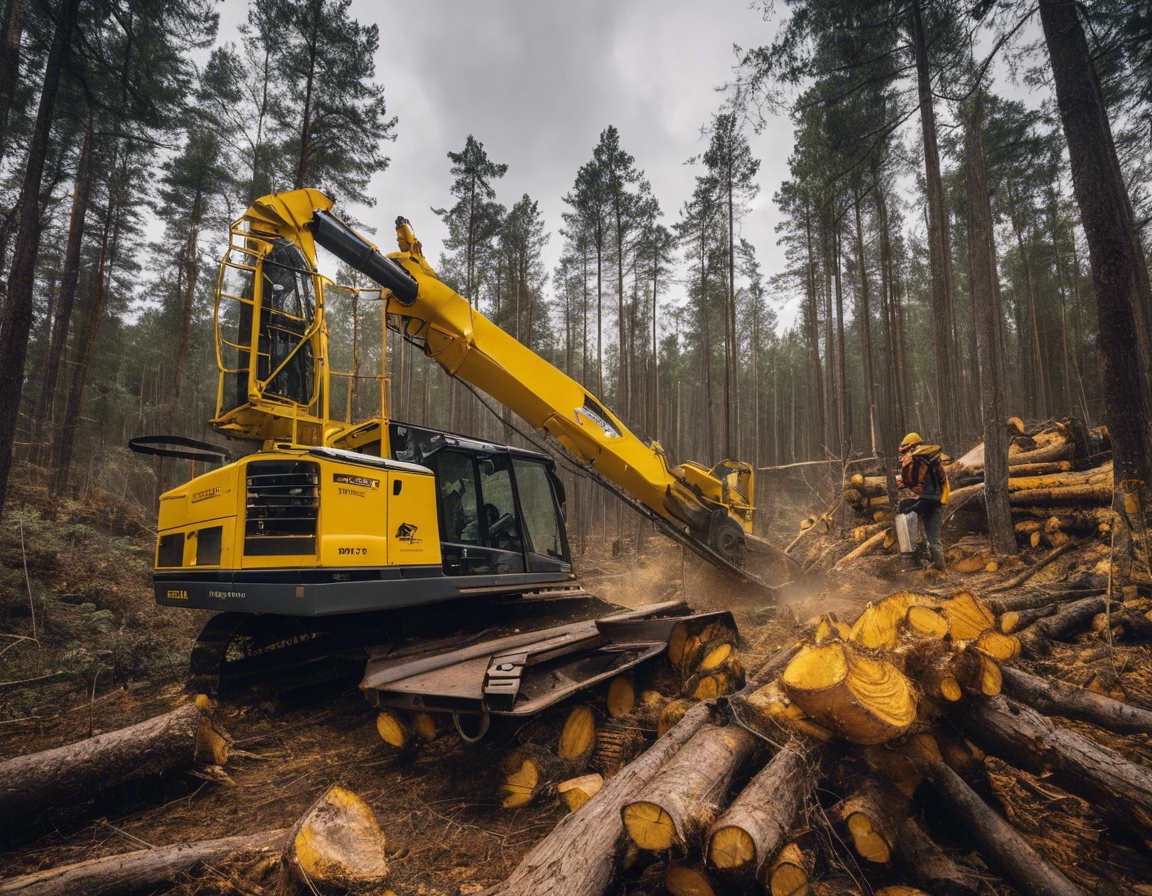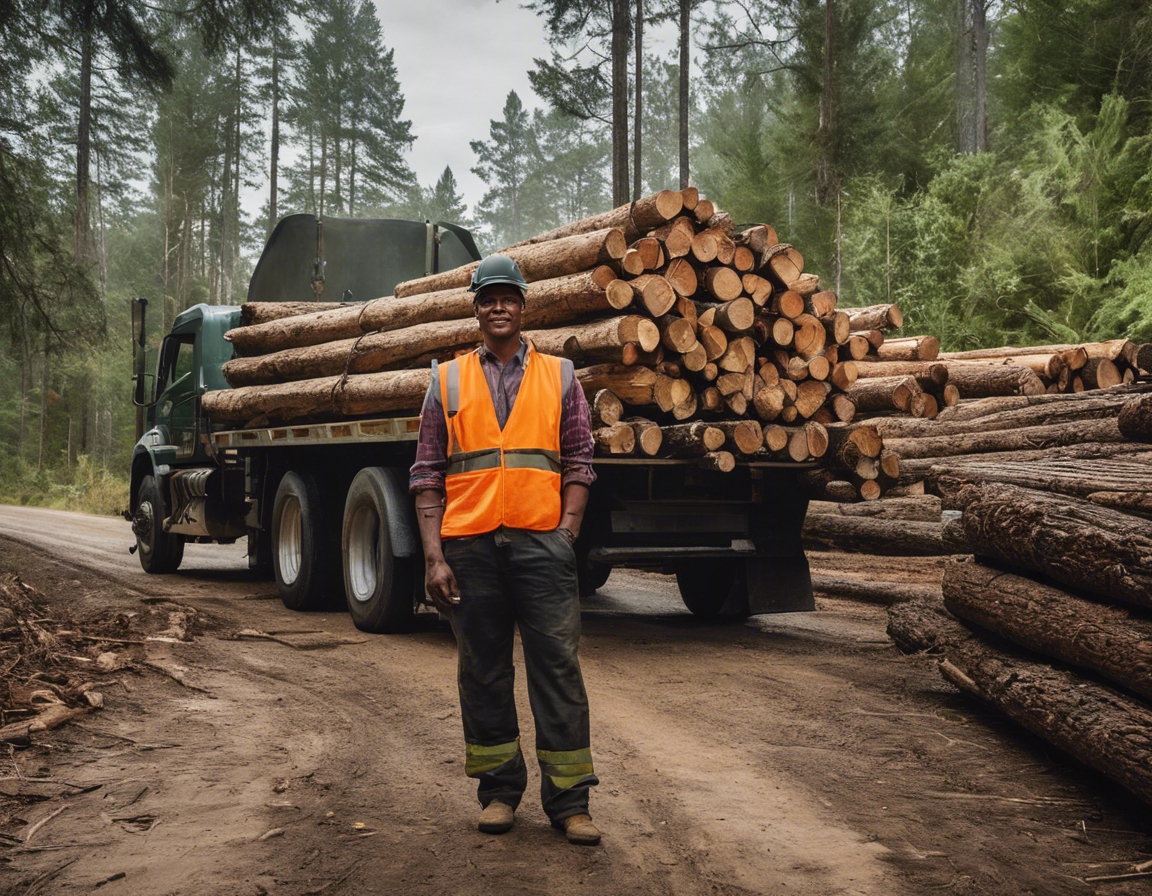The importance of sustainable forestry practices
Sustainable forestry practices are essential for maintaining the health and productivity of forest ecosystems while meeting the economic and social needs of present and future generations. These practices involve managing forests in a way that preserves their biodiversity, productivity, and ecological processes. For landowners and businesses involved in forestry, adopting sustainable practices is not only an ethical responsibility but also a strategic advantage in today's environmentally conscious market.
The Environmental Benefits of Sustainable Forestry
Sustainable forestry practices play a crucial role in conserving biodiversity. By maintaining a variety of tree species and age structures, these practices support diverse habitats for wildlife. This diversity is vital for ecosystem resilience, allowing forests to adapt to changes and disturbances such as climate change and pest outbreaks.
Forests are integral to protecting soil and water resources. Sustainable forestry practices help prevent soil erosion, maintain water quality, and regulate water cycles. Techniques such as selective logging and maintaining buffer zones around water bodies ensure that these critical resources are preserved for future generations.
Economic Advantages of Sustainable Forestry
While sustainable forestry may require initial investments, it offers long-term economic benefits. Healthy forests are more productive and resilient, providing a continuous supply of timber and non-timber products. By ensuring the sustainability of forest resources, landowners can secure a stable income over time.
There is a growing market demand for sustainably sourced products. Consumers and businesses are increasingly prioritizing environmental responsibility, leading to a preference for products certified by sustainable forestry standards. This trend presents an opportunity for landowners and businesses to differentiate themselves and access premium markets.
Social Impacts of Sustainable Forestry
Sustainable forestry practices can enhance community engagement and create employment opportunities. By involving local communities in forest management, landowners can foster a sense of stewardship and ensure that forestry activities align with community values and needs. Additionally, sustainable forestry can provide stable jobs in rural areas, supporting local economies.
Forests hold significant cultural and recreational value. Sustainable forestry practices help preserve these values by maintaining the natural beauty and accessibility of forested areas. This preservation supports tourism and recreational activities, contributing to the well-being and quality of life for local communities.
Key Principles of Sustainable Forestry
Responsible harvesting techniques are fundamental to sustainable forestry. These techniques include selective logging, reduced-impact logging, and maintaining a balance between harvested and remaining trees. By minimizing damage to the forest ecosystem, these practices ensure the long-term health and productivity of the forest.
Reforestation and afforestation are critical components of sustainable forestry. Reforestation involves planting trees in areas that have been deforested, while afforestation refers to establishing forests in areas that were not previously forested. Both practices contribute to carbon sequestration, biodiversity conservation, and the restoration of degraded lands.
Monitoring and certification are essential for ensuring the effectiveness of sustainable forestry practices. Regular monitoring allows landowners to assess the health and productivity of their forests, while certification provides assurance to consumers and businesses that products are sourced sustainably. Certification programs, such as the Forest Stewardship Council (FSC), set standards for responsible forest management and promote transparency in the forestry sector.
Challenges in Implementing Sustainable Forestry Practices
Implementing sustainable forestry practices can be hindered by policy and regulatory barriers. Inconsistent regulations, lack of enforcement, and inadequate incentives can discourage landowners from adopting sustainable practices. Advocacy for supportive policies and collaboration with regulatory bodies are crucial for overcoming these challenges.
Economic constraints, such as limited access to funding and resources, can pose significant challenges to sustainable forestry. Landowners may struggle to invest in necessary infrastructure and technologies. Financial support from government programs, non-profit organizations, and private investors can help alleviate these constraints and promote sustainable practices.
Technological and knowledge gaps can also impede the implementation of sustainable forestry practices. Access to modern technologies and training in sustainable management techniques are essential for landowners and businesses. Partnerships with research institutions and forestry experts can facilitate knowledge transfer and innovation in the sector.






Comments (0)